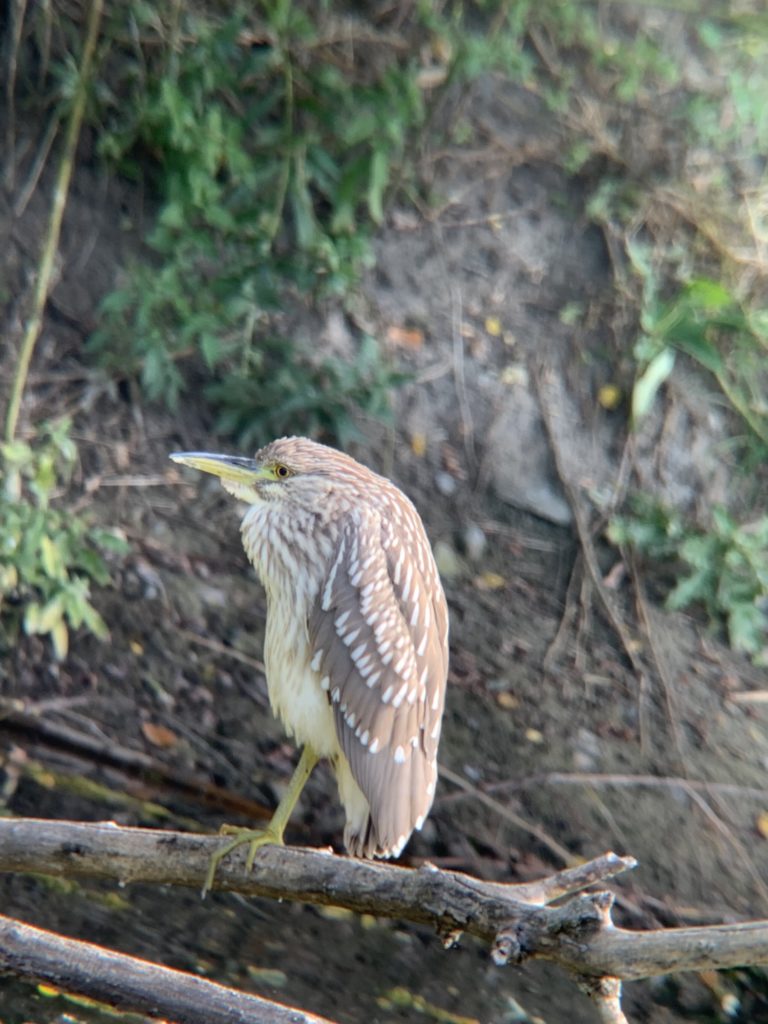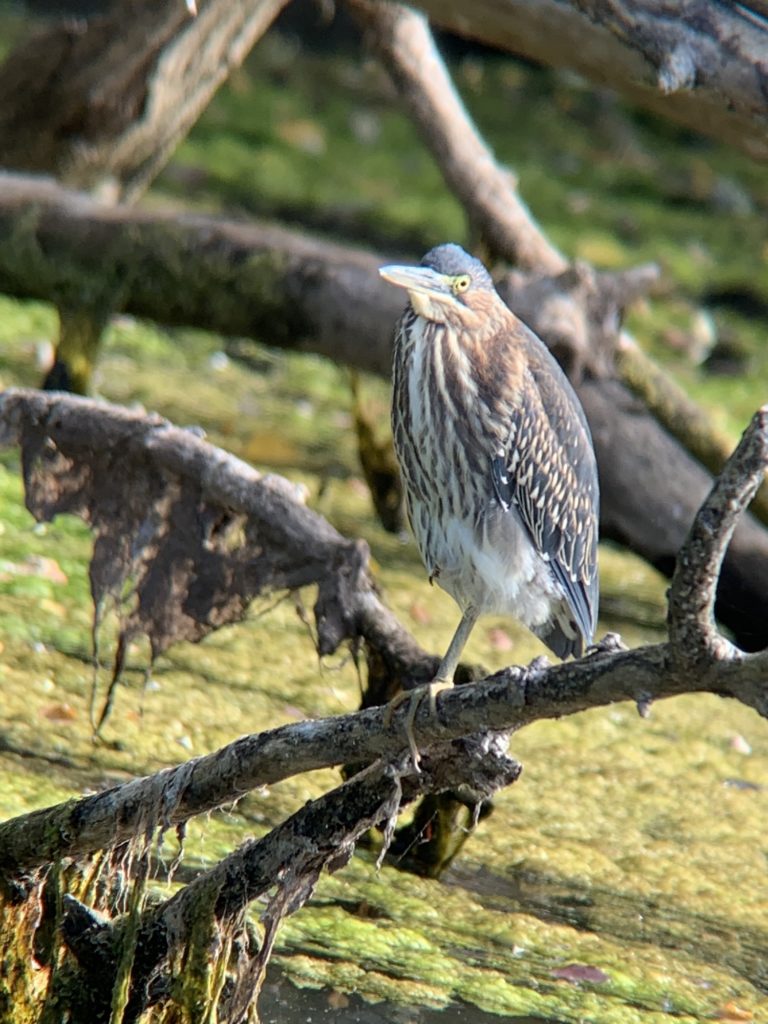One of the things I love most about birding now is being able to show others the remarkable birds in our urban spaces. Although I’m not immune from the occasional urge to chase a rarity, the vast majority of my birding is done close to home, in urban parks that never cease to surprise me with their diversity. The old adage rings especially true when exploring nature close to home: the more you look, the more you’ll see!
A few weeks ago, I had the pleasure of co-leading a beginner bird walk to Colonel Sam Smith Park where I introduced a group of novice birders to the avian wonders that one can find right here in the middle of our city, if we only take the time to look! What made the whole experience even more exciting for the group is that they had the chance to see many of the birds through a ZEISS Harpia 85 scope, which enabled them to see stunning new details, nuance and field marks on the waterfowl and herons.
The beauty, for me, of leading a walk with new birders is that it gives me the chance to relive the experience of seeing some of my favorite birds for the first time. I wasn’t sure what our day would yield, since it was fall migration and anything is possible at this time in southern Ontario. It turned out we were in for a heron bonanza. Our walk was well-timed with a visit from a celebrity bird: the (juvenile) Yellow-crowned Night Heron arrived a week before and had decided to stay put for a while. After a quick scan of the lush trees, we spotted the bird sitting quietly on a branch and had admired its fine streaking and chunky dark bill through the scope. I had the chance to appreciate at new just how much light the SFL 8×30 binoculars let in since the bird was nestled in a shady part of the tree. The participants on our walk also saw firsthand how quality optics can enhance the birding experience.


Shortly after admiring the Yellow-crowned Night Heron, we stopped at a viewing platform overlooking a pond witnessed a spectacle the likes of which I haven’t ever seen before. A quartet of herons: a mature and juvenile Black-crowned Night Heron, a Great-blue Heron and a Green Heron. But even more unbelievable—they were all visible in a single binocular view.
The participants on our walk had a chance to see and process the subtle differences between the Yellow-crowned and Black-crowned Night Herons and also to appreciate the plumage changes a bird undergoes from juvenile to adult. Although all of the herons we saw frequently make appearances at Colonel Sam Smith Park, in all my years of birding there I’ve never seen them all huddled together in one binocular view! I reminded the participants to take in the beauty of the moment because this kind of sighting doesn’t happen often. And just I said that, the Green Heron flew off, the adult Black-crowned Night Heron turned away from us, while the immature took off for another tree and suddenly the whole scene we had witnessed felt like a dream.


We didn’t have to lament the dispersal of the herons for long, since three Northern Flickers flew in immediately afterwards and stayed in a tree for long enough for us to get excellent looks at both male and female through the scope. We gasped at the bird’s cacophonic plumage filled with polka dots, stripes, bright yellow markings under its tail and wings, a red spot on back of its head, a thick black necklace and a fetching handlebar mustache (just on the male). Our morning walk also included several Red-necked Grebes, a lone Pied-billed Grebe and two Common Goldeneye, and several warblers (including a dashing male Magnolia Warbler). Seeing all these birds—the vast majority of which were common—through the eyes of new birders reminded me just how marvelous they really and that we must never take these fantastic sightings that bring us so much joy for granted. As I told everyone on our walk—birds need us as much as we need them, since so many of their habitats are currently endangered. Once we fall in love with the birds and natural spaces all around us, we see the urgency in preserving habitats and fighting on their behalf.
Julia Zarankin is a writer, lecturer, birder and ZEISS Ambassador based in Toronto.
She is the author of the book “Field notes from an unintentional birder”, a lovely and moving memoir about her transformation into a bird nerd.